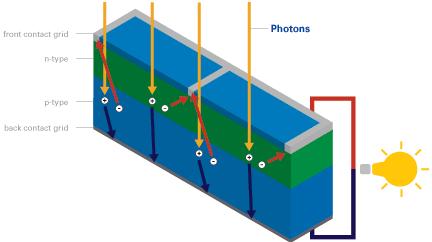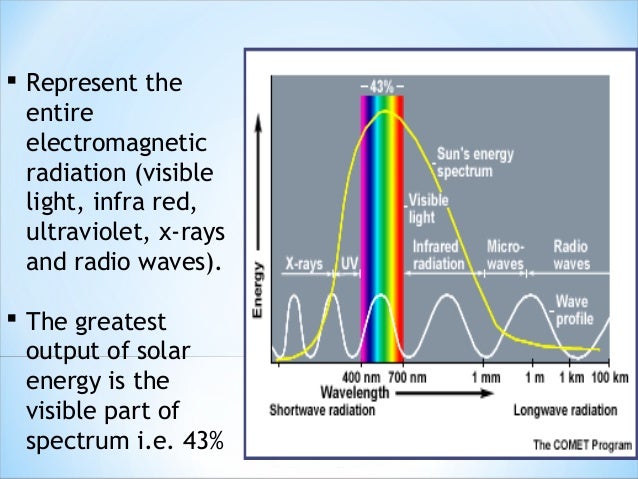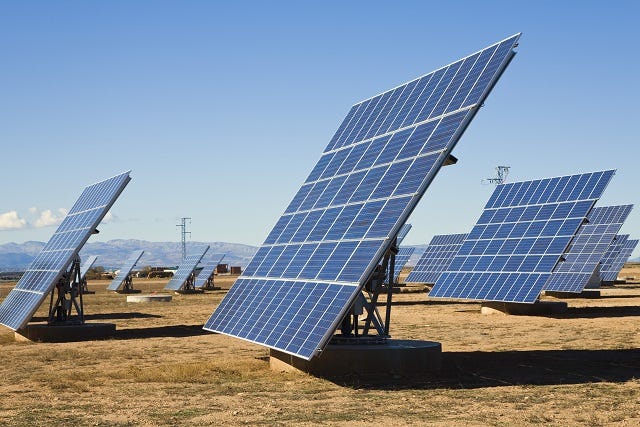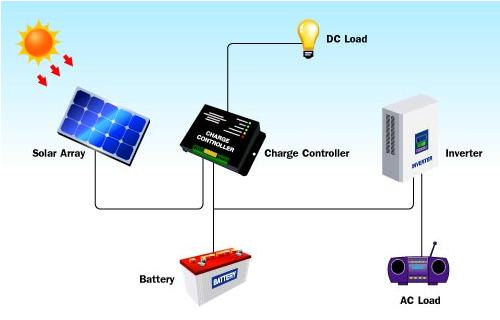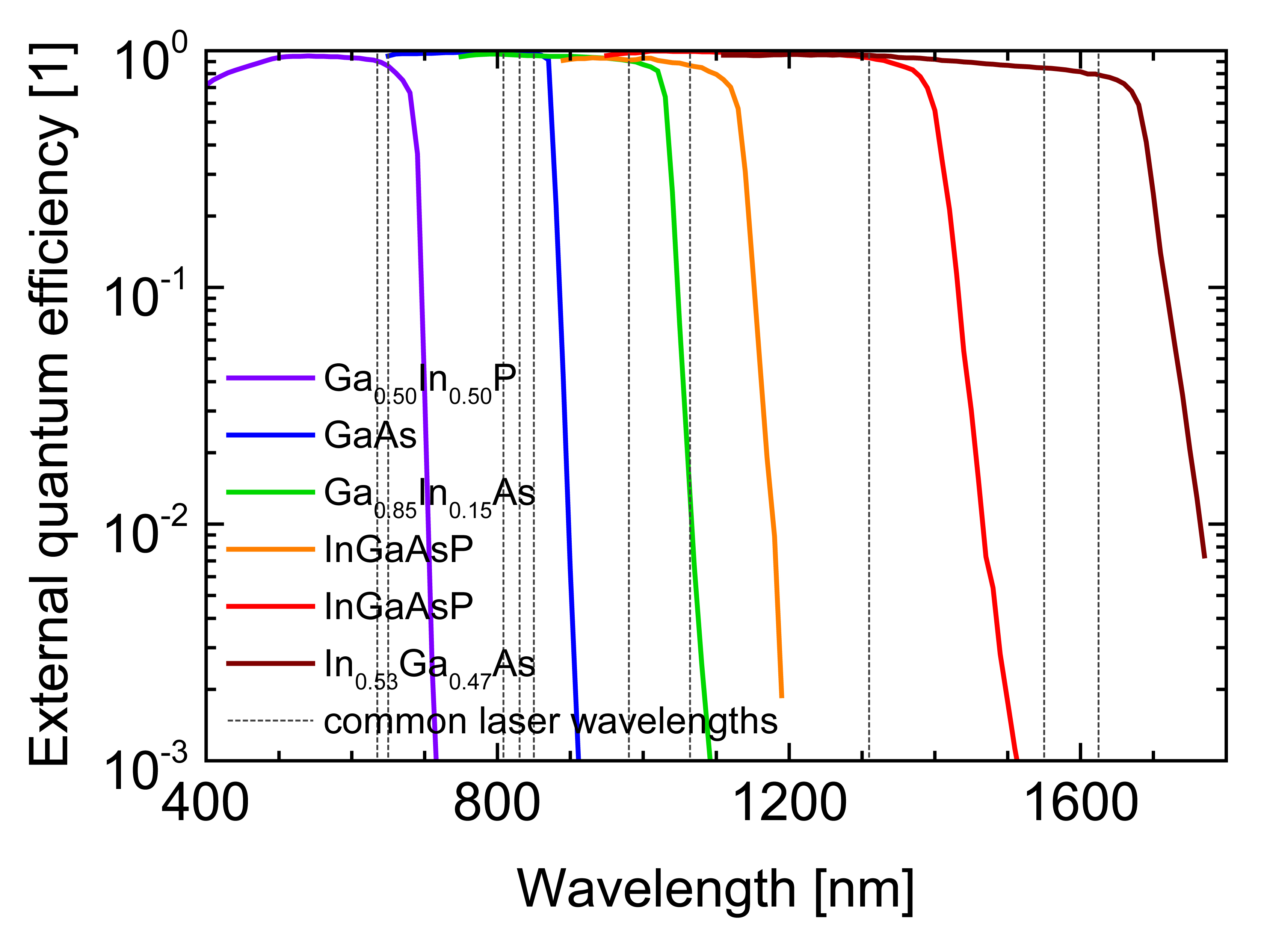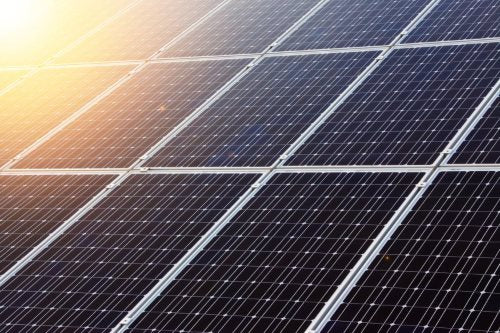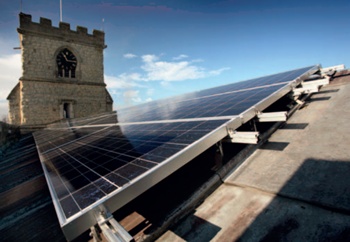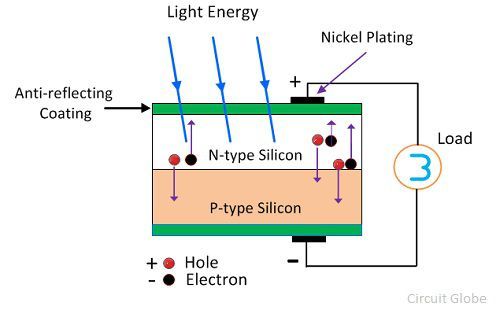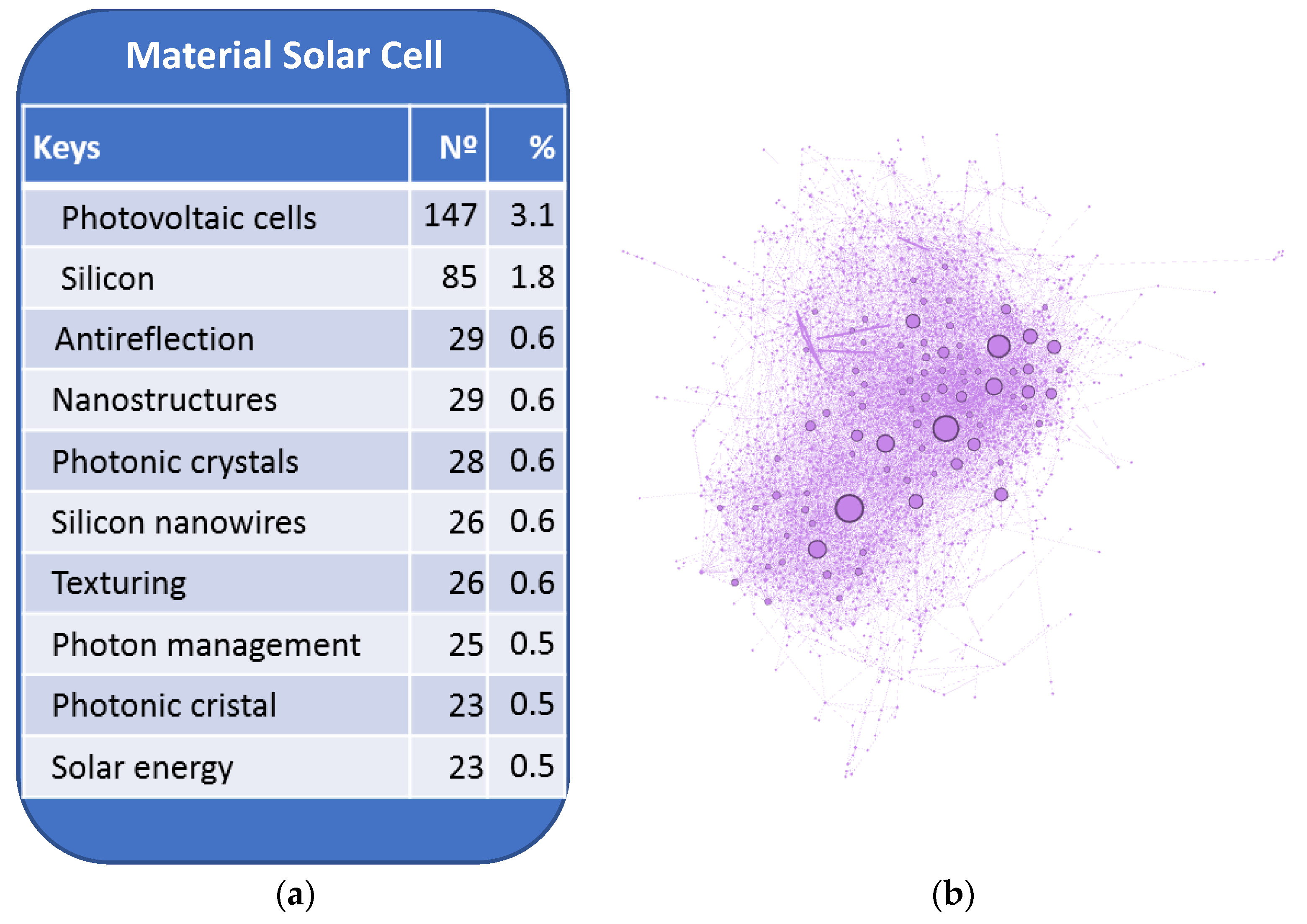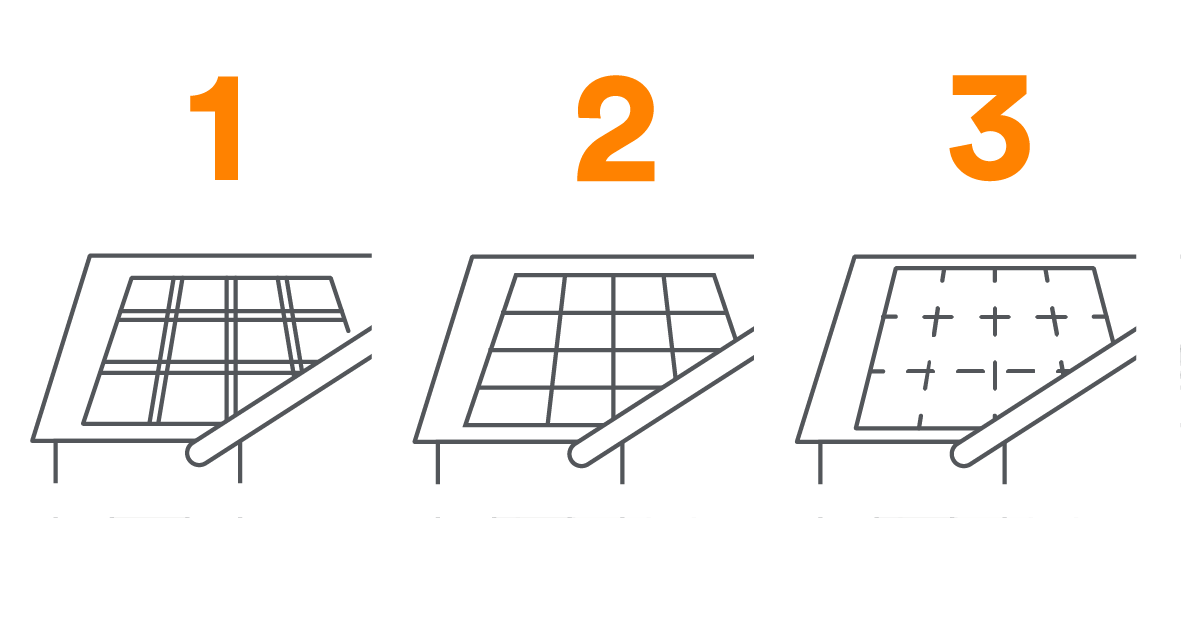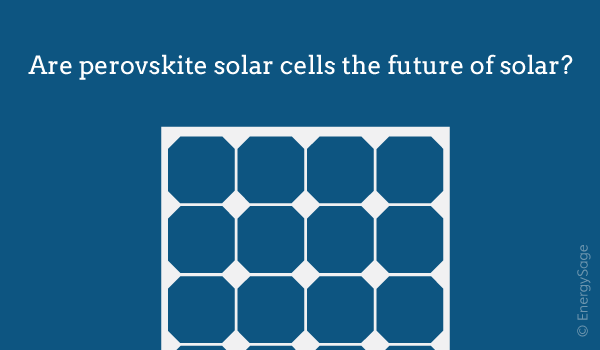How Is Visible Light Used With Solar Photovoltaic Panels

Photovoltaics produce electricity by converting the solar energy generated from the sun in the form of either visible light ultra violet uv radiation or infra red ir radiation into a direct or dc current by using the photovoltaic action of the cell without the use of any moving parts.
How is visible light used with solar photovoltaic panels. You see the photovoltaic pv cells solar panels access primarily use the visible spectrum for power production. If the photon is absorbed its energy is absorbed by an electron in an atom of the solar cell enabling it to escape from its normal position photon excitation cross the junction and fill a hole. Some of that light is visible to the human eye and some of it like infrared and ultraviolet light are not visible. This is referred to as the photovoltaic effect.
When a visible light photon strikes a solar cell it can do one of three things. Simply put a solar panel works by allowing photons or particles of light to knock electrons free from atoms generating a flow of electricity. As we can see below some of the most common solar panel technologies like monocrystalline and polycrystalline modules are able to cover a higher range of wavelengths including visible light. The silicon atoms in a photovoltaic cell absorb energy from light wavelengths that roughly correspond to the visible spectrum.
But solar panels only use a small portion of ultraviolet. How is visible light used with solar photovoltaic panels. However solar panels can also be designed to absorb light in wider wavelengths. The sun s light travels in the form of energy packed particles referred to as photons.
Sunlight energy that reaches the ground is around 4 ultraviolet 43 visible light and 53 infrared. Solar panels mostly convert visible light into electrical energy and they also can make use of almost half the infrared energy. Panel prices have dropped by the factor of 10. When light of the right wavelength shines on the semiconductor material of a solar cell the light creates a flow of electrons.
Even snow can help by reflecting sunlight on the panels as long as it s not actually covering the panels. Pv has become the cheapest source of electrical power in regions with a high solar potential with price bids as low as 0 01567 us kwh in 2020. Sometimes certain materials produce an electric current when exposed to these photons. The cell has silicon mixed with two different impurities that produce.
Solar cells are electronic devices that can transform light energy into an electric current solar cells are semiconductor devices meaning that they have properties that are intermediate between a conductor and an insulator. Pass straight through be reflected or be absorbed. Solar panels actually comprise many smaller units. Based on this approach most solar panel manufacturers focus on maximizing the absorption of light within the visible region.
